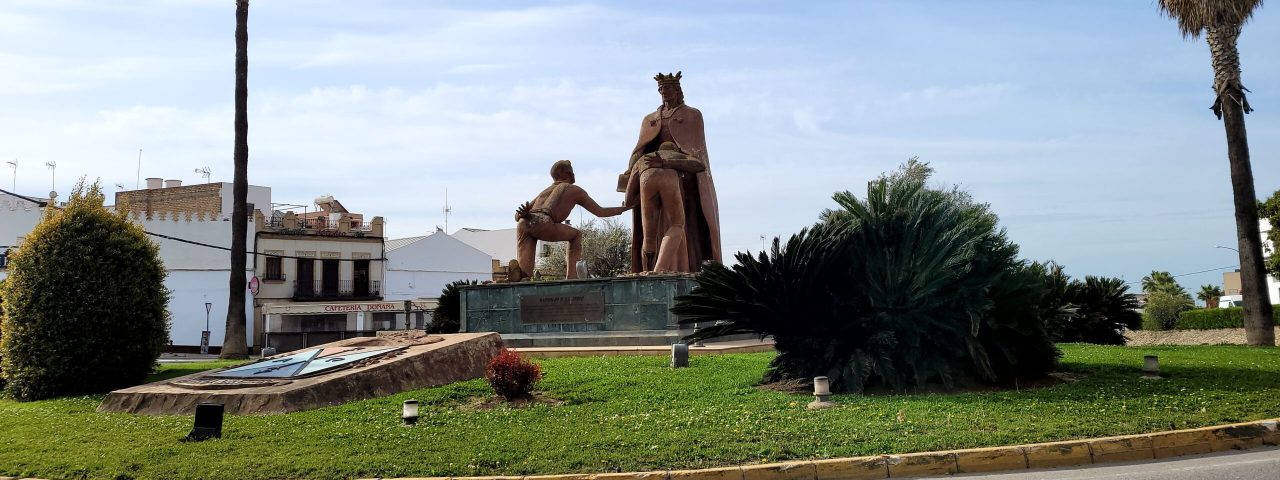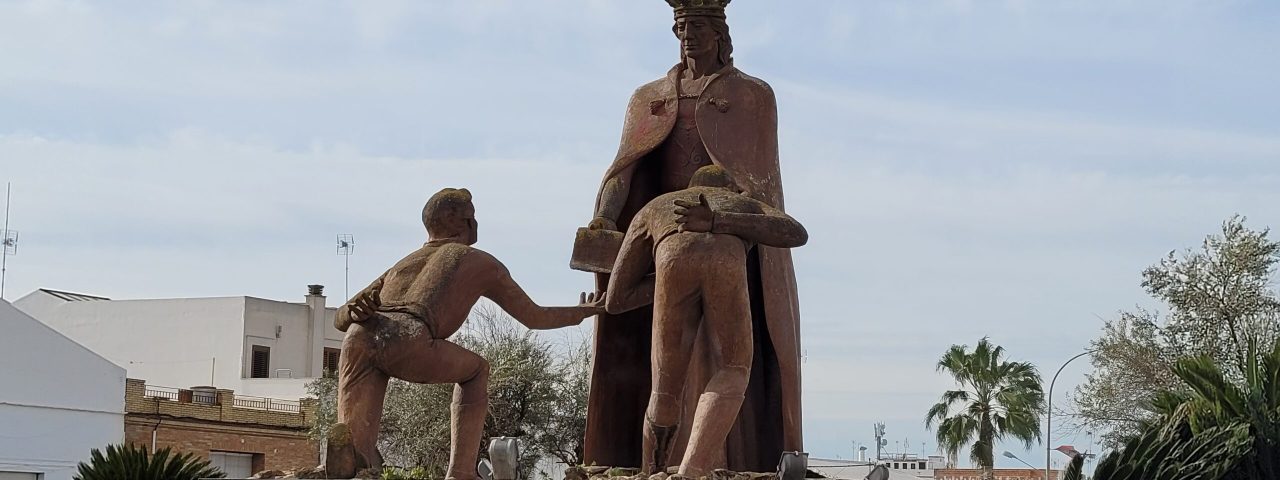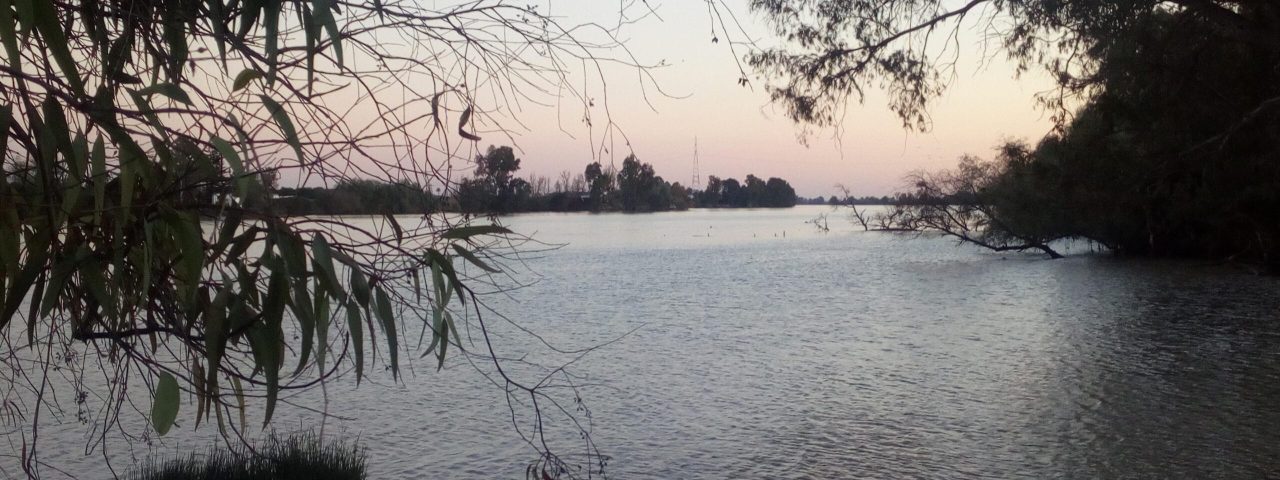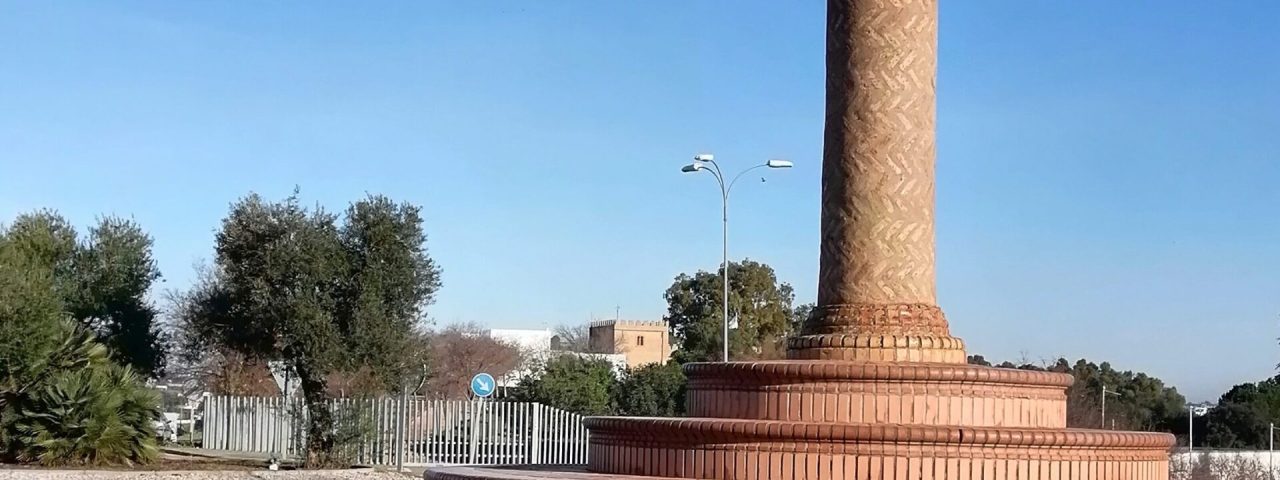La Puebla del Río has a rich and varied history, influenced by several civilizations over the centuries. Originally settled by the Romans, the town’s strategic location near the Guadalquivir River made it an essential site for trade and agriculture. After the fall of the Roman Empire, the area saw the influence of the Visigoths, and later the Moors, who left a significant mark on Andalusian architecture and culture. Following the Christian reconquest in the 13th century, La Puebla del Río became part of the Kingdom of Castile, and its history has been shaped by Christian traditions ever since.
Culturally, La Puebla del Río is deeply rooted in its Andalusian heritage. The town is famous for its annual festivals, particularly the Romería de San Sebastián, a religious pilgrimage celebrated with colorful processions, traditional music, and flamenco dancing. The Semana Santa (Holy Week) is also an essential part of the town’s cultural calendar, with elaborate parades and ceremonies that reflect its deep religious traditions.
Local customs include the strong presence of flamenco music and dance, which are integral to the town’s identity. Bullfighting is another tradition that, while controversial in some parts of Spain, remains a significant cultural practice in La Puebla del Río, showcasing the town’s deep connection to its Andalusian roots.



